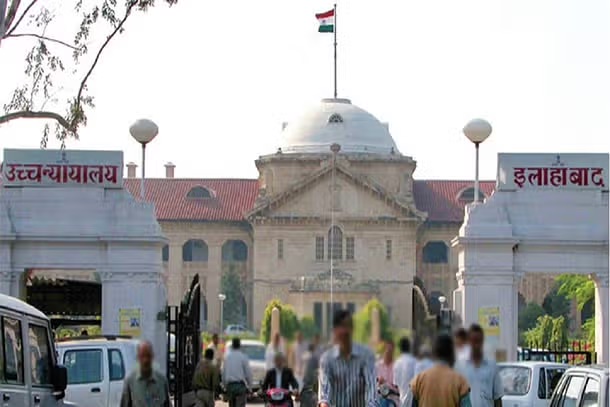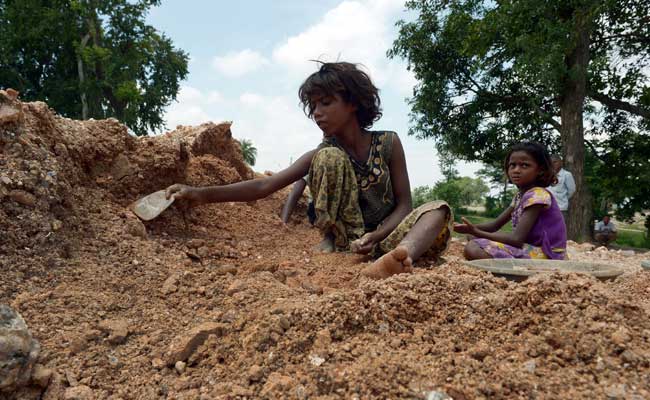Discover the Untamed Beauty and Thrill of Uttarakhand’s Natural Wonders
“A leopard, on the other hand, even after it has killed scores of human beings, never loses its fear of man; and, as it is unwilling to face human beings in daylight, it secures its victims when they are moving about at night or by breaking into their houses at night. Owing”
― Jim Corbett, Man- Eaters of Kumaon
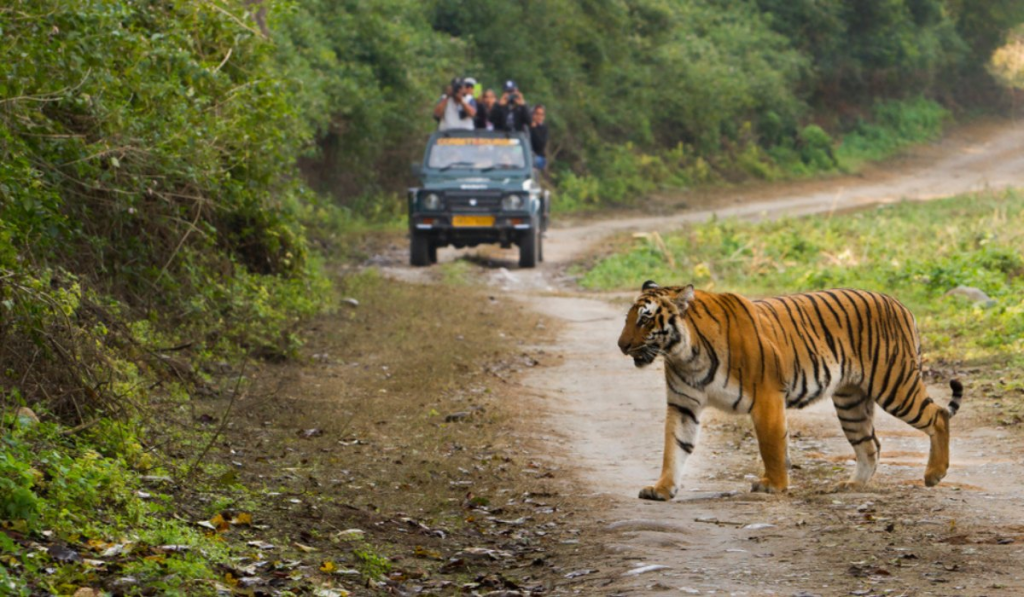
Waking up in the beauty of Kumaon Hills is priceless. Growing up with pahadi origins in Uttarakhand, I had heard many stories about Jim Corbett National Park, but nothing could have prepared me for the raw beauty and primal energy that surrounded me. The forest was waking up. Birds were singing loudly in the treetops. Monkeys were making noise far away. Then, all of a sudden, I saw it – quick glimpses of orange and black stripes through the thick leaves. It was a tiger!
At that moment, frozen in time, I understood why this place, barely 1.5 hours from my childhood home, had captured the imagination of nature lovers and adventure seekers for generations. People say you’re fortunate if you see a tiger in Jim Corbett Park. Visitors from all over the world come here, hoping to catch a glimpse of the royal tiger and experience the raw beauty of nature.
Jim Corbett National Park: A Wildlife Enthusiast’s Paradise
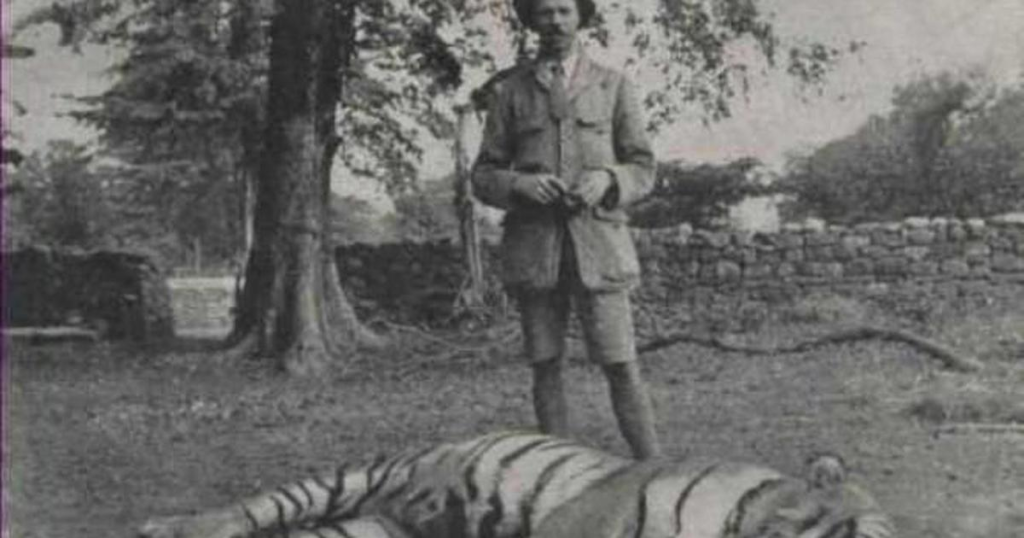
The folktale of Edward Jim Corbett continues to endure among the Garhwal and Kumaon communities. Globally recognized for his amazing literary works, Jim Corbett was a renowned hunter who subsequently faced up against numerous infamous man-eaters. Edward James Corbett was born on 25th July 1875 of English ancestry in Nainital districts of Uttarakhand.
He grew up spending much of his childhood exploring the wilderness that exists around him. Jim Corbett lived his life amidst the dense jungle and developed a deep knowledge of the way. Read More about Jim Corbett: https://www.corbettnationalpark.in/corbett-heritage.htm
Jim Corbett National Park, India’s first national park established in 1936, is a testament to Uttarakhand’s commitment to wildlife conservation and eco-tourism. Located in the Nainital district, this 520 square kilometer haven is not just a sanctuary for diverse flora and fauna, but also a playground for adventure enthusiasts and culture seekers alike.
The wildlife sets the rhythm for the heart of Jim Corbett National Park, encompassing over 600 bird species, 500 plant species, and a variety of mammals, providing a peek into nature’s magnificent diversity. Our elephant walked slowly through the thick forest. Our guide, Vikram, who knows a lot about nature, told us stories about the animals living in the park. He talked about the hard-to-find Bengal tiger, saying there are more of them now because people are protecting them. Vikram had sharp eyes. He showed us signs that animals had been nearby – a footprint on the ground, or a scratch on a tree. We saw groups of spotted deer eating grass in sunny areas.
But Jim Corbett offers more than just watching animals. For those who seek excitement, the park and its surroundings provide a wide range of adventurous activities that get the heart racing.
Jungle Safari: Explore the park’s diverse wildlife and landscapes on a guided jeep or canter safari. Popular zones include Dhikala, Bijrani, and Jhirna.
Bird Watching: Discover over 600 species of birds in the park, including the Indian roller, fishing eagle, and numerous others.
Elephant Safari: Experience the park from a unique vantage point as you ride on the back of an elephant, often used to access areas where vehicles can’t go.
Tiger Spotting: Embark on a thrilling quest to spot the majestic Bengal tiger, which is the park’s main attraction.
Nature Walks: Enjoy guided walks through the park’s scenic trails, offering a closer look at its flora and fauna.
River Rafting: Engage in exhilarating river rafting in the nearby Kosi River, adding a splash of adventure to your wildlife experience.
Camping: Stay overnight in tented camps or luxury lodges within or near the park to immerse yourself in the natural surroundings.
Fishing: Try your hand at fishing in the park’s rivers and lakes, with prior permission and under the supervision of park authorities.
Visit the Jim Corbett Museum: Learn about the life and legacy of Jim Corbett, the park’s namesake, through exhibits and artifacts.
Explore the Maa Girja Devi Temple: Visit this ancient temple within the park, known for its serene atmosphere and spiritual significance.
Cultural and Historical Significance

In addition to its breathtaking beauty, Jim Corbett National Park also has historical and cultural importance. Nestled within the park is the revered Maa Garjiya Devi Temple, which holds great significance. This ancient temple is dedicated to the goddess Garjiya Devi and is a place of deep religious importance. Visitors can enjoy a peaceful retreat at the temple, surrounded by a serene environment and picturesque scenery, away from the thrill of safari adventures.
Maa Garjiya Devi Temple: Long ago, a king had a special dream. In this dream, a goddess told him to build a temple. So, he built the Maa Garjiya Devi Temple right where she said to. Now, people come from all over to visit this temple. They pray here and ask for good things to happen in their lives. Many believe the goddess will help them if they pray at this special place.
Jim Corbett Museum: In a place called Kaladhungi, there’s a very interesting building. It’s called the Jim Corbett Museum. Jim Corbett was a famous man who lived long ago. At first, he used to hunt animals. But later, he decided to protect them instead. The museum tells his story. Inside, you can see things that belonged to Jim Corbett. Some old photos and papers show how he changed from a hunter to someone who loved and protected animals. People visit this museum to learn about Jim Corbett and how he helped save the forests and animals we see in the national park today.
Conclusion with a Future Perspective
As we look ahead, Jim Corbett National Park is at a crossroads. There are benefits and drawbacks to eco-tourism’s rising popularity. It increases awareness about conservation and promotes the local economy, but it also stresses the fragile ecosystem.
Being a Pahadi at heart, I see a day when Jim Corbett National Park is flourishing and genuinely acting as a role model for conservation, providing visitors with a solid understanding of our responsibility for protecting the wild environment. Therefore, the majority of the park’s evolution will focus on finding a balance between protecting wildlife and allowing people to enjoy it, so that future generations can share my sense of wonder and have an encounter with a tiger as amazing as mine. As we proceed, let us not lose sight of the fact that we are not only guests in this lovely park but also guardians of its history.

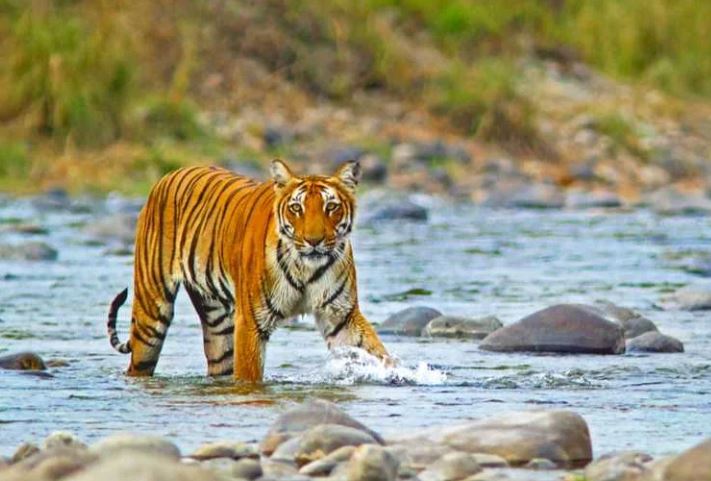
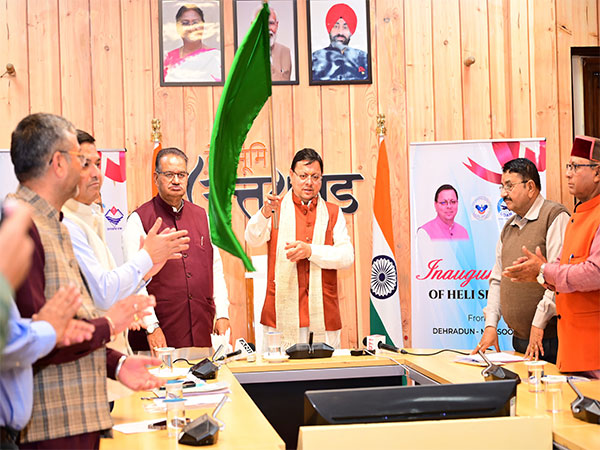
 By
By
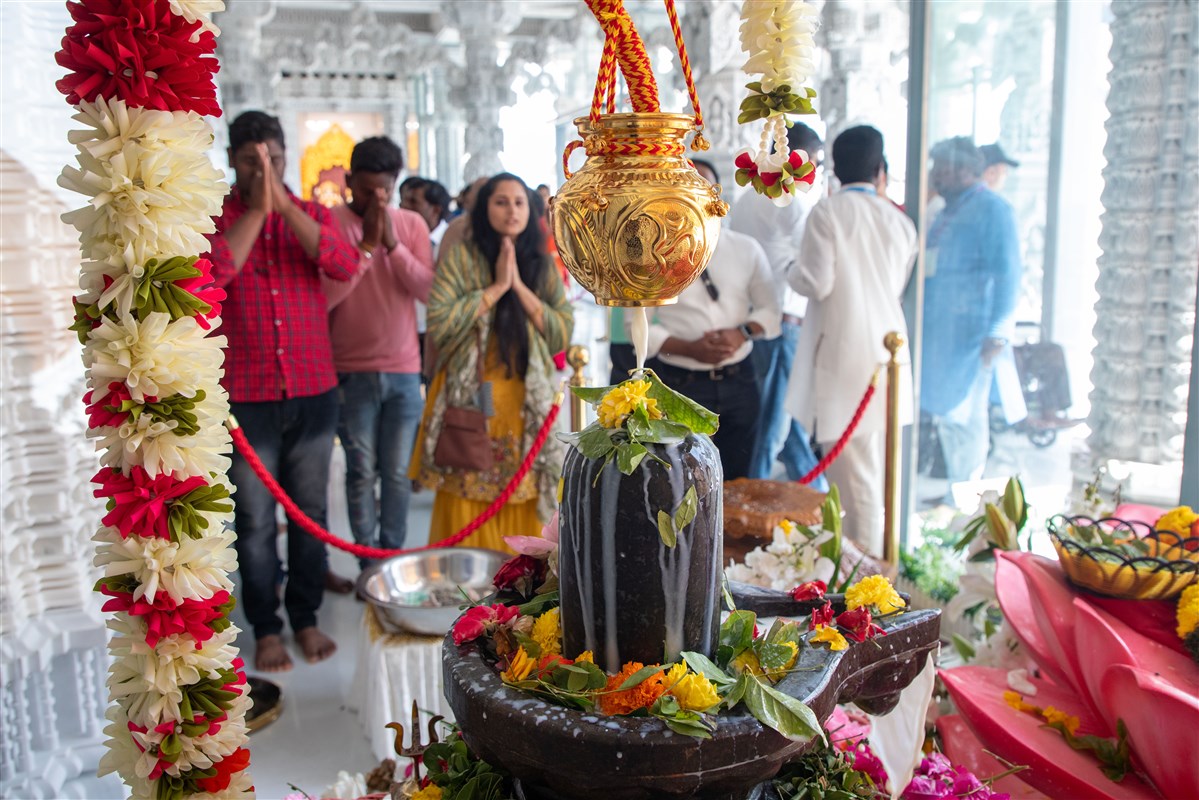
 By
By








